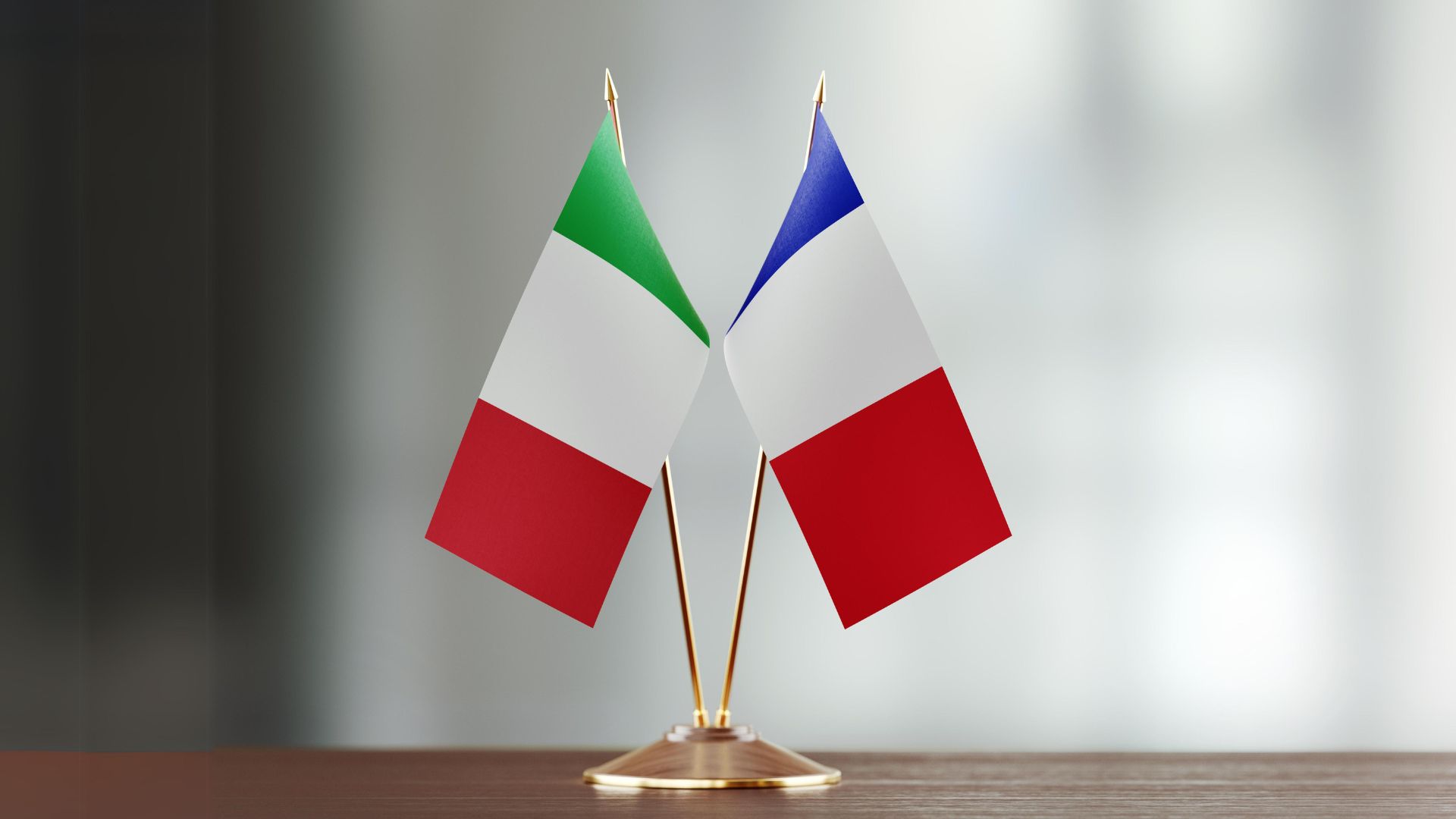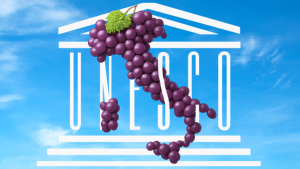"France surpassed Italy in wine exports by 4 billion in 2023. The difference lies in the average price of wine (€9.39 per liter versus €3.65). Wine tourism and direct sales are becoming crucial to reclaiming our leadership."
In recent years, France has consistently stayed ahead of Italy in wine exports, boasting an impressive turnover of €12.2 billion in 2022 and €12 billion in 2023.
L’ Italy, on the other hand, reached €7.87 billion in 2022 and €7.77 billion in 2023.
This disparity, though significant, should neither be underestimated nor accepted as a given.
It’s not just about the numbers, but also about the profound differences between us and our French neighbors in selling wine abroad.
Looking closely at the 2023 data, some critical points emerge. On the podium of countries to which both France and Italy export wine, the same names appear: the United States, the United Kingdom, and Germany, with mostly similar numbers (Source: Spanish Wine Market Observatory).
So, where does this big difference in numbers come from?
The answer lies in the average price per liter of French wine exported abroad: €9.39, compared to €3.65 for Italian wine in 2023
One word explains all this: “Champagne.” A product recognized worldwide, which helps raise the average price per liter of exported wine.
But it represents only the symbol of a broader situation.
Although France has fewer grape varieties and specific designations than Italy, it has managed to promote its products comprehensively and effectively, steadily increasing the price of its bottles.
When discussing the relationship between wine, exports, and tourism, however, other phenomena must be considered, especially when looking at the future of the sector: namely, the growth of wine tourism in Europe and Italy.
Millions of tourists visit Italy every year, with the primary motivation of visiting its wineries and tasting its wines. In 2023, this amounted to 14 million. This phenomenon offers great development opportunities for both large and small wineries.
Our countless denominations and grape varieties tell many different stories, locations, and peculiarities, just waiting to be shared and exported
The solution is clear: to extensively open up to foreign sales using tools that wineries already possess. Visits, tastings, and the producer-consumer relationship, especially in sales, are not secondary elements but have immense potential.
The direct sales channel, in fact, besides being essential for making our wineries and wines more known and appreciated, is also complementary to other channels, such as importers.
Making our products known and recognized worldwide, as our French cousins have taught us, creates neither obstacles nor conflicts of interest but adds value to our entire wine sector.
Sources: Spanish Wine Market Observatory, UIV Observatory, Ismea and Vinitaly, Business France.




